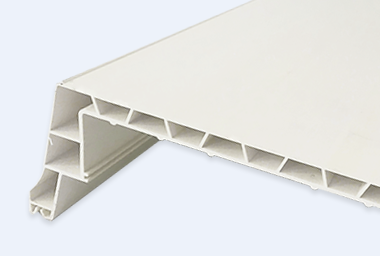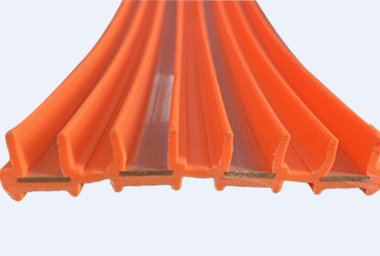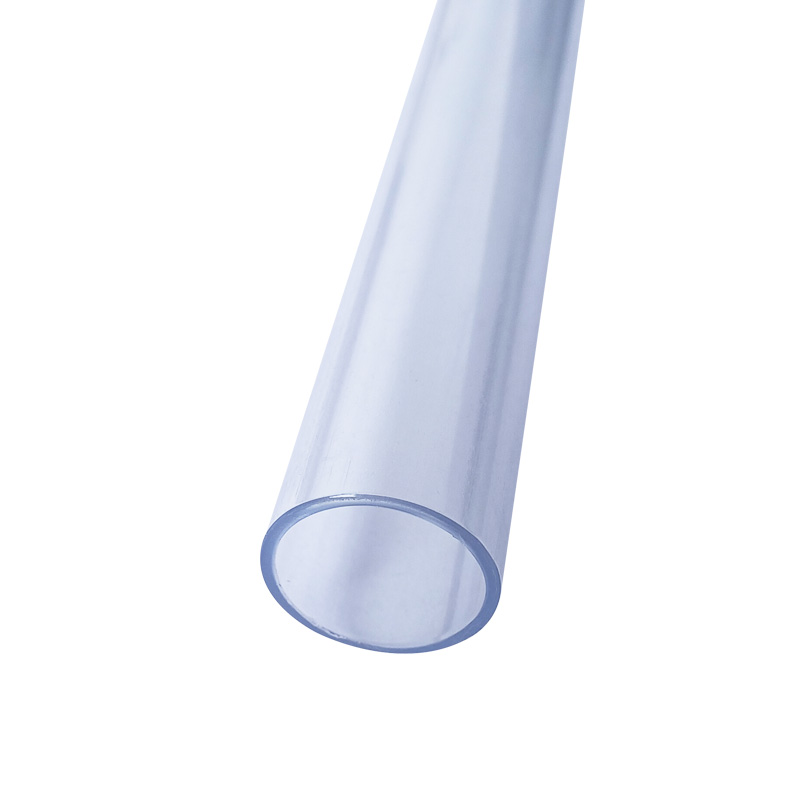Food-grade safety plastic material classification:
I. PET
1, PET plastic is often used to make plastic bottles, beverage bottles and other products, people often buy plastic mineral water bottles, carbonated beverage bottles are PET packaging products, belong to the food-grade safety plastic material.
2, safety risks: PET is only suitable for room temperature or cold drinks, not for overheated food, if the temperature is too hot, the bottle will release toxic substances may lead to cancer. If the PET bottle is used for too long, it will automatically release toxic substances, so plastic beverage bottles should be thrown away immediately after use, and should not be used for a long time for other foods to avoid affecting health.
PP
1, PP plastic is one of the very common plastic, can be made into any food plastic packaging, such as food plastic bags, food plastic boxes, food straws, food plastic parts, etc., safe and non-toxic and low temperature, high temperature resistance, PP is the only plastic can be put into the microwave heating, and has a high strength folding performance (50,000 times), -20 ℃ will not break when dropped from a height.
Third, HDPE
1, HDPE plastic commonly known as high-density polyethylene, has a high temperature, hardness, mechanical strength and chemical resistance is better. It is a non-toxic and safe material, often used in the production of plastic containers for food.
2, safety hazards: HDPE made of plastic containers have the characteristics of not easy to clean, so it is not recommended for recycling. It is best not to put into the microwave oven heating.
Fourth, LDPE
1, LDPE plastic commonly known as low density polyethylene, products made of it has no taste, odorless, non-toxic, lusterless surface characteristics. Commonly used in food with plastic parts, food packaging with composite film, food preservation film, medicine, pharmaceutical plastic packaging, etc.
2, safety hazards: LDPE heat resistance is not strong, usually the temperature exceeds 110 ℃ will appear hot melt phenomenon. Such as: home food cling film do not wrap food heating, to avoid the grease in the food is easy to dissolve the harmful substances in the cling film out.
Five, PS
1, PS is often used to make bowls of noodle boxes, fast food boxes, disposable food packaging boxes, etc., with good cold resistance.
2, safety risks: PS boxes can not be put into the microwave oven, so as not to release toxic substances at too high a temperature. Poor acid and alkali resistance, not suitable for acidic food, to avoid decomposition of carcinogens.
Six, PC
1, PC plastic can be used to make sports cups water bottles, bottles, etc., widely used in the production of plastic containers, is a safe material.
2, safety risks: PC residual bisphenol A (harmful substances), the higher the temperature, the more release, and the faster. Therefore, PC water bottles should not be used to hold hot water, so as not to increase the speed and concentration of Bisphenol A (in case there is) release.
Seven, PVC
1, PVC: at present rarely used for food packaging, it is best not to buy
2, safety hazards: the use of this material at high temperatures is prone to harmful substances, even the manufacturing process it will release, toxic substances with food into the body, may cause breast cancer, congenital defects in newborns and other diseases. At present, containers of this material have been less used for packaging food. If in use, do not let it be subjected to heat.





